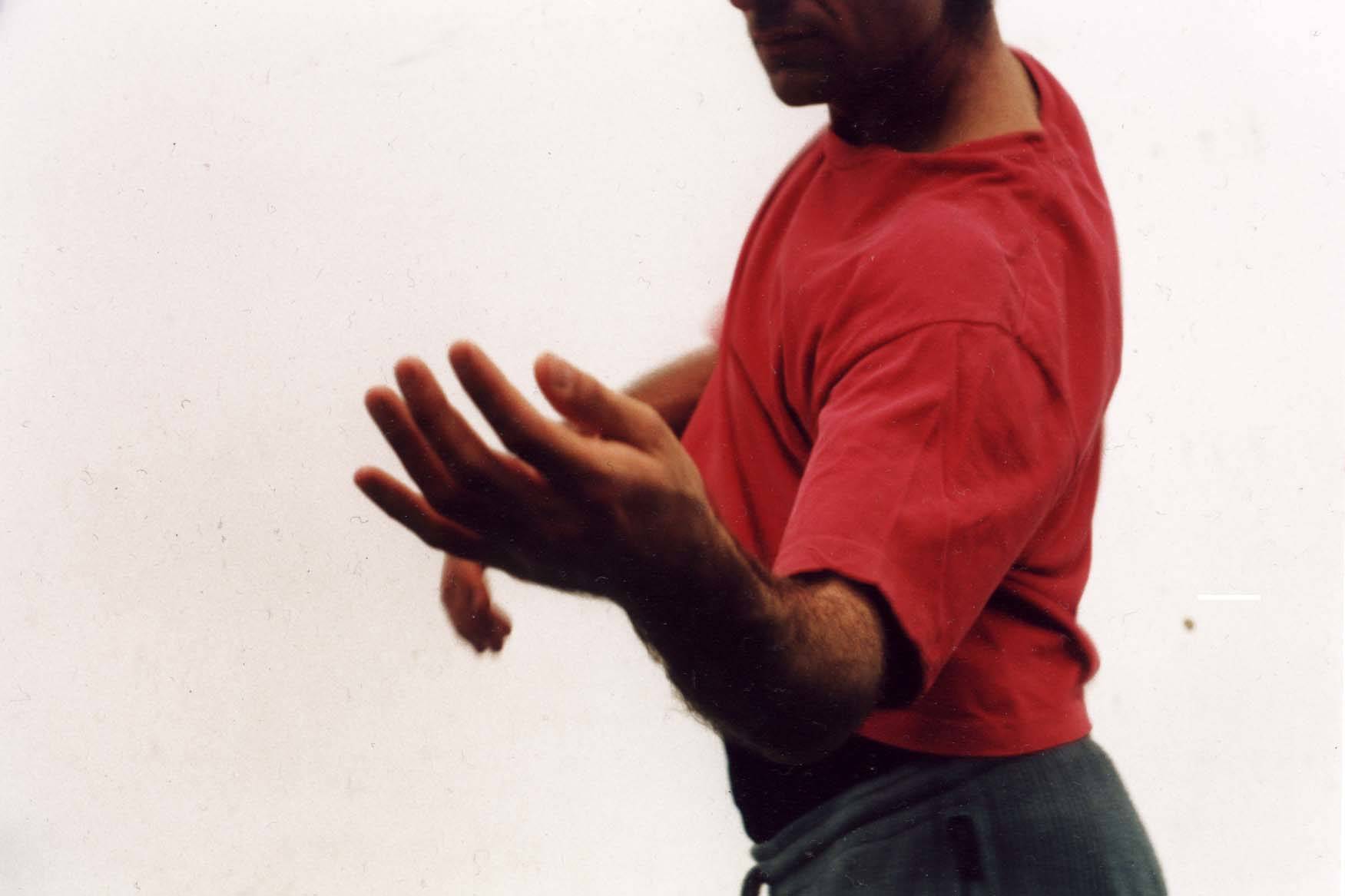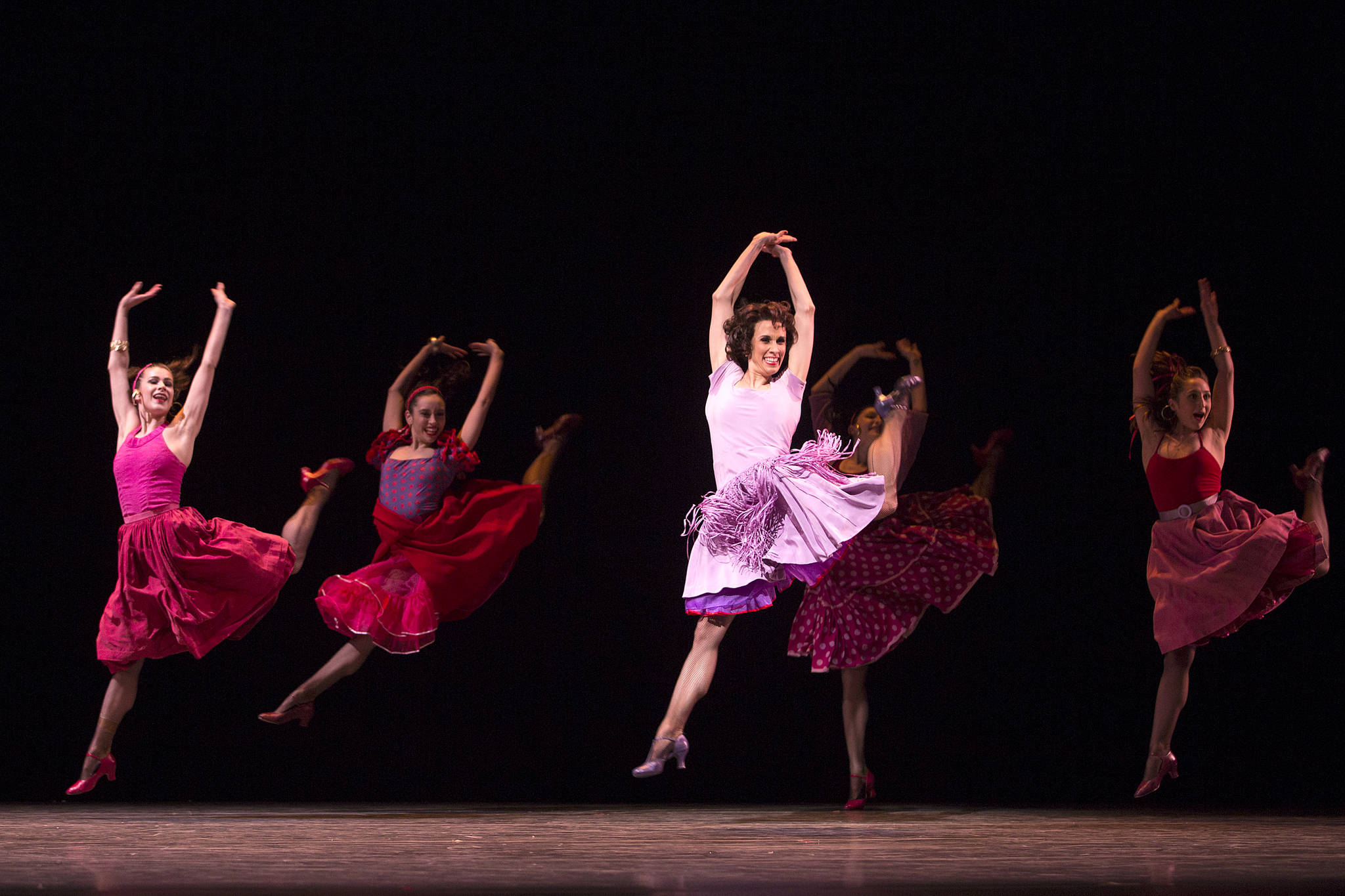For 36 years, On the Boards ran a new works showcase called 12 Minutes Max—the title determining the runtime. Annex Theatre restricts its monthly Spin the Bottle cabaret to 10 minutes, sometimes even insisting on 60-second acts. Time is money, in theater as in business.
Yet for every aphorism there are exceptions. Robert Wilson’s acclaimed 1976 production of Philip Glass’ Einstein on the Beach lasted a glacial five hours. More recently, performance artists like Marina Abramović have staged extra-long-form events under the general category of “durational art.” But what is becoming commonplace in New York and other art capitals is still unusual in Seattle, and that’s the challenge for dancer/choreographer Alice Gosti and her planned April staging of How to become a partisan. In dance especially, most artists hew to the axiom of famed dancemaker Doris Humphrey: “All dances are too long.”
But Gosti isn’t interested in following such dictates. Since she arrived in Seattle from her native Italy in 2004 to pursue a BA in dance at the UW, she’s been defying expectations and remaking conventions. “I always ask myself, ‘Are the rules necessary to the project?’,” says Gosti. The child of architects, she’s particularly intent on the rules supposedly dictated by a given location. More often than not, you’ll see her work in a space where you wouldn’t expect dance to be happening—like Airport Project, a solo she performed at airports in Reykjavik, Detroit, Frankfurt, and Seattle from 2006–08. She’s also produced dance revues on the tiny stage at The Pink Door (where she waits tables). Her rule-breaking further extends to food, with she and her Spaghetti Co. dancers wearing as much pasta as they eat during a performance. (Their 2010 audience at Northwest Film Forum was even issued plastic ponchos to keep themselves unspattered; later at On the Boards, Gosti built a little house with Visqueen walls and performed inside it to contain the mess.) And in curating the summer Yellow Fish festival at Seattle U’s Lee Center, she invited performances with the stipulation they last between one and 48 hours. Gosti is no stranger to long-form.
How to become a partisan, meant to commemorate Italy’s April 25 National Liberation Day (the formal end of World War II), likewise promises to buck convention. The piece launches Gosti’s planned multiyear TO|GET|HER project and draws inspiration from her nation’s history. As Gosti explained during a recent sit-down, she traveled back to Italy to interview the aging few former WWII resistance fighters who had the courage to battle Mussolini and the Nazis. What made you decide to act?, she asked. And How did you know what to do? These elderly survivors had risked their lives; and Gosti, as an artist, was interested in learning how they summoned such deep personal commitment. Then, here in Seattle, she queried friends and colleagues about their daily struggles: What do you fight for? How do you resist in everyday life?
These are big questions, and Gosti wanted a big space to address them. After her audience walks over from Velocity Dance Center, they’ll settle in for a five-hour show at St. Mark’s Episcopal Cathedral. There, instead of dancing, Gosti will be directing the event. Her interview texts become a libretto of sorts for the music, composed and performed by Hanna Benn (of the group Pollens and the St. Mark’s choir). Around Benn, an ensemble of dancers will respond to the interviewees’ answers. The processes those partisans describe—deciding the moment when a diverse group of individuals becomes an organized force—will structure some of the ensemble movement that Gosti is presently crafting.
In rehearsal, Gosti has been looking for the kinetic cues that bring people together into a group. So we see a twitch or other initiation pass from dancer to dancer until it gathers momentum, leading to some kind of tipping point. Much like a flock of birds swooping and scattering in unison, Gosti’s dancers—the exact number still pending—burst into organized movement that disperses after a few moments. Her performers will be hidden throughout the cathedral as the event begins—perhaps like the Italian resistance fighters lurking in the countryside, later to coalesce and act. As the performance unfolds around them in the contemplative space, viewers can come and go as they wish. By avoiding some of the conventions of traditional theater, Gosti gives more responsibility to the audience. Your experience of the performance will start and stop when you decide it does.
Serendipitously, Gosti tells me, St. Mark’s offered her a performance date that happened to coincide with Italy’s National Liberation Day. The cathedral was also a good fit because of its long history of social-justice work. And, by odd historical coincidence, St. Mark’s was used as a temporary barracks and anti-aircraft gun training center during WWII!
Months before the premiere, all these elements are still in flux; some holes still need to be filled. (Gosti is still looking for a choir of senior citizens.) Like anyone planning a project this big, she’s spending as much time with her notebook and phone as she is in the studio. But that’s where her background—dancing in airports, improvising in restaurants—has prepared her well for this thoughtful, deliberate work.
dance@seattleweekly.com
HOW TO BECOME A PARTISAN Start: 3:30 p.m. Sat., April 25, Velocity Dance Center, 1621 12th Ave. Performance: 4 p.m., St. Mark’s Episcopal Cathedral, 1245 10th Ave. E. $12–$20. 351-3238, velocitydancecenter.org.







